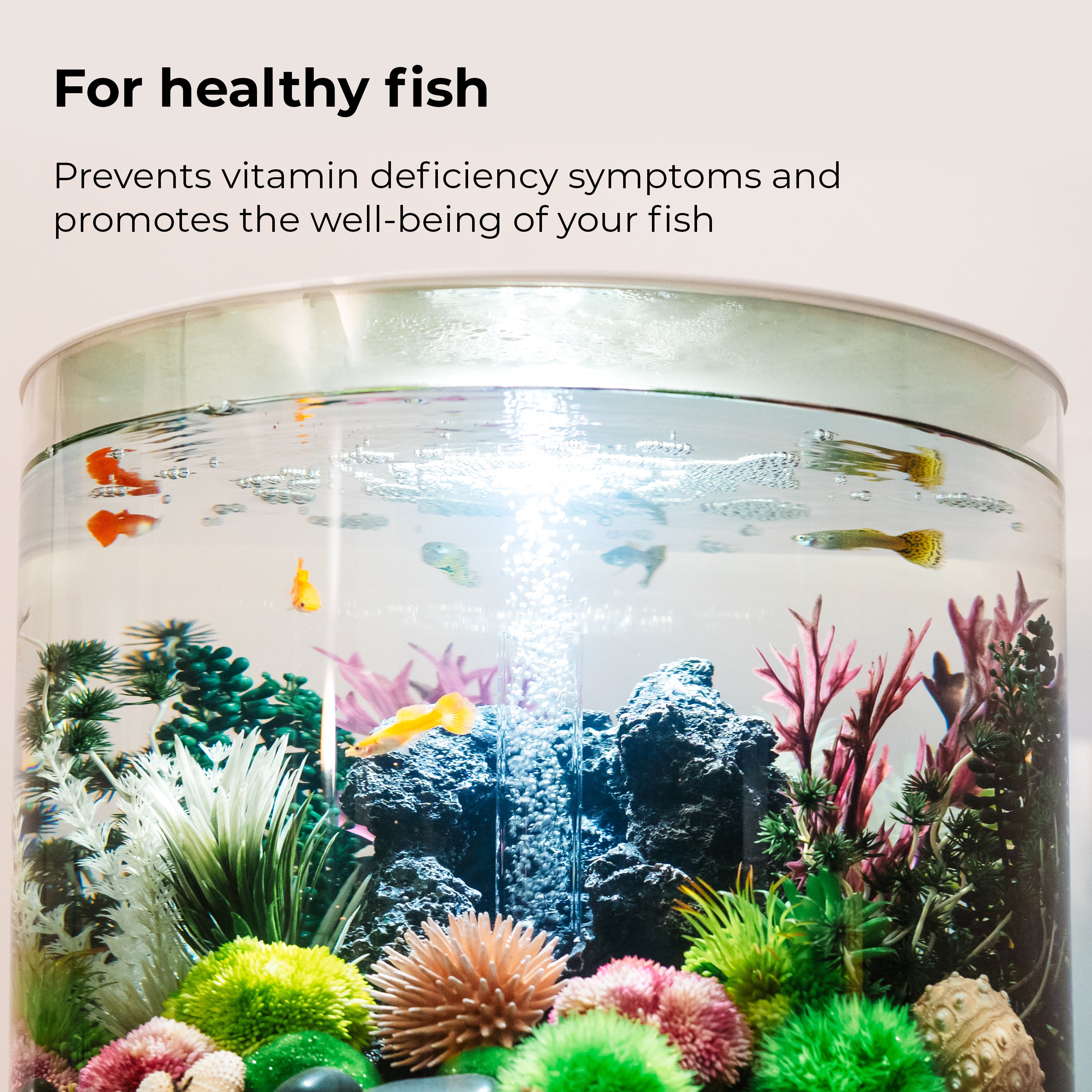Index Surge: Amplifying Your Insights
Stay updated with the latest trends and news across various industries.
Aquarium Antics: The Do’s and Don’ts of Fish Keeping
Dive into Aquarium Antics for essential do's and don'ts of fish keeping! Transform your tank into a vibrant underwater paradise.
10 Essential Do's and Don'ts for Successful Fish Keeping
Fish keeping can be a rewarding and enjoyable hobby, but it comes with its unique challenges. To ensure a thriving aquatic environment, it's crucial to follow some essential do's and don'ts. Here are the first five do's:
- Do research your fish species to understand their specific care requirements.
- Do maintain stable water parameters by regularly testing pH, ammonia, nitrite, and nitrate levels.
- Do include live plants and decorations in the tank to provide hiding spots and reduce stress for your fish.
- Do perform regular water changes to keep the tank clean and the fish healthy.
- Do feed your fish a balanced diet, varying their food to provide essential nutrients.
On the flip side, it's equally important to avoid common mistakes when fish keeping. Here are five key don'ts:
- Don't overcrowd your tank; always follow recommended stocking levels for the fish you choose.
- Don't introduce new fish without quarantining them first, as this can lead to diseases spreading in your established tank.
- Don't neglect regular maintenance, as dirty tanks can significantly affect fish health.
- Don't ignore the signs of stress or illness in your fish; early detection can save them.
- Don't rely solely on chemicals; biological filtration and regular care are essential for a stable aquatic ecosystem.

Common Mistakes New Fishkeepers Make and How to Avoid Them
Starting out as a new fishkeeper can be overwhelming, and many make the mistake of rushing into things without proper preparation. One of the most common errors is overstocking the aquarium too quickly. New fishkeepers often feel the urge to fill their tanks with a variety of colorful fish right away, but this can lead to poor water quality and stressed aquatic life. To avoid this mistake, it’s crucial to cycle your tank before adding fish, which involves establishing beneficial bacteria that help break down harmful chemicals in the water.
Another prevalent mistake is neglecting the importance of water parameters. New fishkeepers may not pay enough attention to factors like pH, ammonia, nitrites, and nitrates, which are vital for the health of the fish. It’s recommended to invest in a reliable water testing kit and monitor these parameters regularly. Additionally, performing consistent water changes will help maintain a healthy environment, ensuring that your fish live long and vibrant lives. Remember, a little knowledge goes a long way in creating a thriving aquarium!
What You Need to Know Before Starting Your Aquarium Journey
Starting your aquarium journey can be an exciting yet overwhelming experience. Before diving in, it’s crucial to understand your commitment. Owning an aquarium requires time, effort, and resources. Begin by researching the different types of aquariums available, such as freshwater, saltwater, or reef setups. Each type has its unique requirements in terms of equipment, maintenance, and costs. Creating a checklist can help you determine what you need to get started, including filters, heaters, substrates, and decorations. Additionally, understanding the basic needs of fish or invertebrates will ensure a healthy and thriving aquatic environment.
Another essential factor to consider is your budget. Setting up an aquarium can range from a few dollars for a small freshwater tank to thousands for a large, intricate saltwater system. Beyond the initial setup costs, you should also plan for ongoing expenses such as water treatments, food, and routine maintenance. Researching aquatic life and their compatibility with one another is key to preventing conflicts and ensuring a harmonious environment. Finally, don’t hesitate to connect with local aquarium clubs or online communities, as they can provide invaluable support and knowledge as you embark on your aquarium journey.